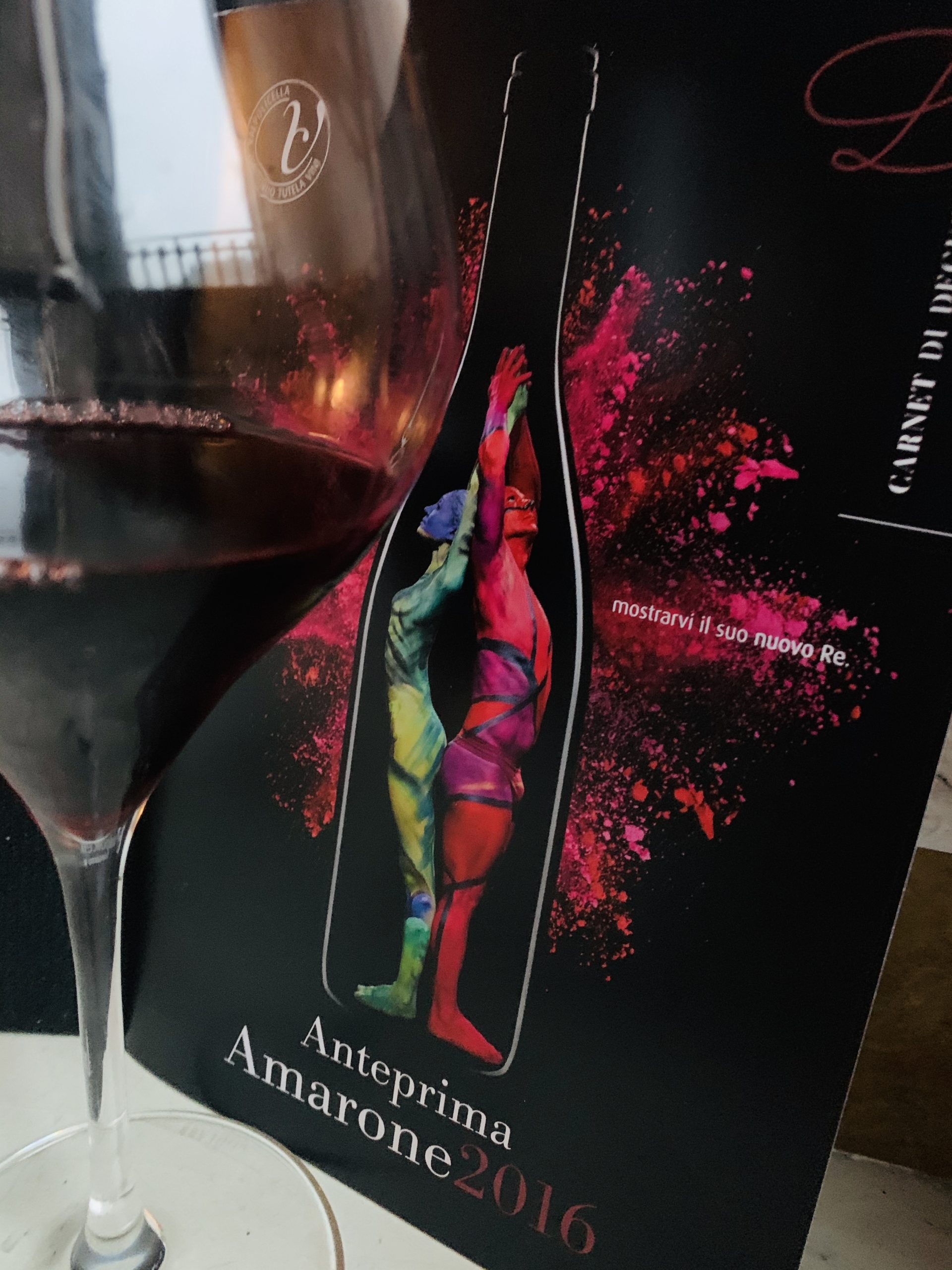“Anteprima Amarone” confirms that there’s a guaranteed future for Amarone 2016. Trade professionals, sommeliers and journalists enjoyed a two-day immersion of tastings of the king of red wines of the Valpolicella region at the biggest preview of the year dedicated to the debut Amarone 2016 vintage. The event, organised at Gran Guardia Palace in Piazza Bra by the Consorzio per la Tutela dei Vini Valpolicella DOC (Valpolicella Consortium), the trade organization for producers of Valpolicella and Amarone wines, showcased 53 producers of the majestic Veronese red wines coming from the different valleys of the denomination.
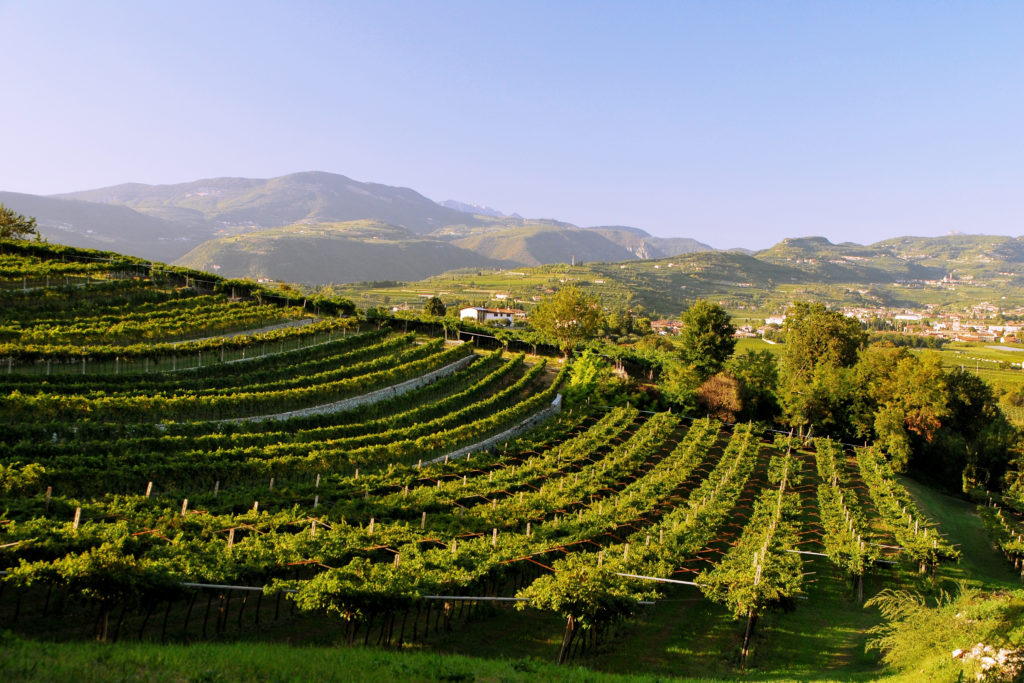
According to the its panel of experts Amarone 2016 has a great aromatic bouquet and elegant balance with aromas going from hints of red and black fruit, to notes of jam, spicy and balsamic nuances. And if the structure on the palate is more moderate than that of Amarone 2015, the excellent balance between acidity and tannins stands out. These characteristics place the 2016 vintage on a potentially higher quality level than those of 2013 and 2014. On the style front, Amarone 2016 marks in an ever clearer way the tendency to produce a wine characterised by a lower average sugar residue (below 4 g/ ), not only looking for power and richness, but also for an elegant and well balanced taste. A quite official stance towards the international market that has grown significantly over the past decade and today accounts for 80 percent of total Valpolicella production.
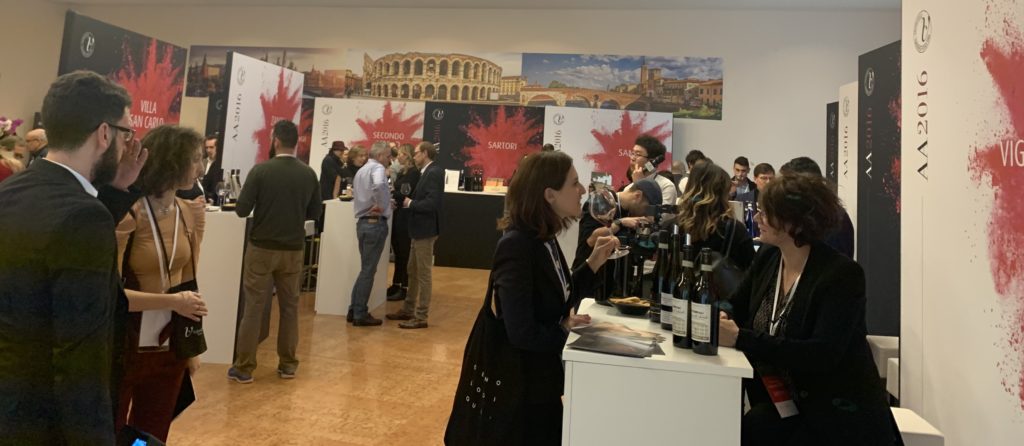
The main trend of this year seemed to be the green turn of many of Valpolicella producers going towards a sustainable way of farming. For a growing number of wine producers, organic is not just a expanding market to tap into: it’s a fundamental philosophy of their business and a necessity for the longevity of their enterprise and land. Converting to organic is a long process and takes minimum 3 years and 4 vintages, not to mention the financial investment that it requires.
The organic and biodynamic method of winemaking is becoming more and more prominent among a still small part of Valpolicella winemakers. The biodynamic producers I visited put the spotlight on why organic is important to them.
“Organic and biodynamic farming seemed natural to us and the Demeter certification obtained 19 years ago has been the official recognition of a philosophy of life that has always belonged to us” said Federica Camerani, the daughter of Marinella Camerani who works in a successful mother-daughter duo in the fields and cellars of the winery of Corte Sant’Alda which owns almost 20 hectares of vineyards farmed with biodynamic winemaking divided between the properties of Corte Sant’Alda, Adalia e Podere Castagnè which all give life to wines with a true soul.
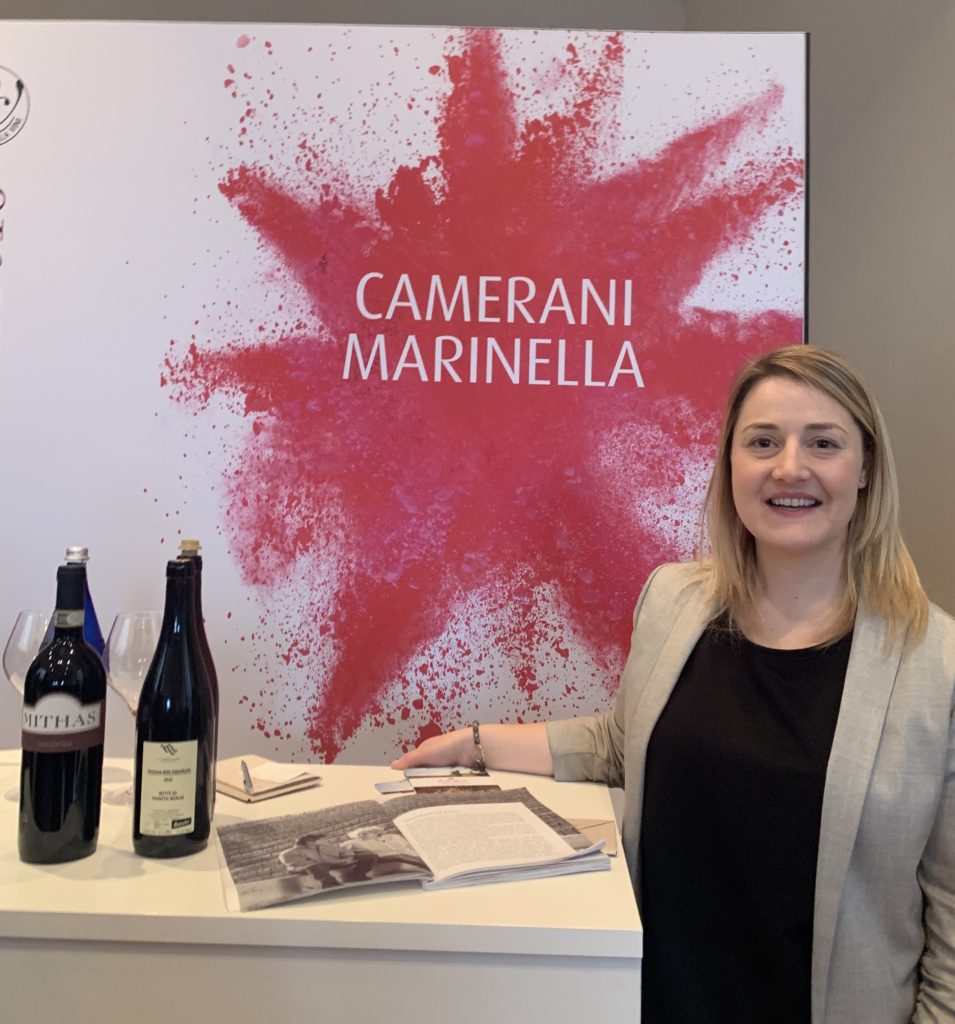
The first thing that Federica Camerani showed me was her mother’s picture in her book. “She had a great courage and determination starting to produce wine in the 80’s in Valpolicella – explained Federica- when there were only a few female wine producers” forging a path of excellence that led Corte Sant’Alda wines to be awarded multiple times and creating excellent wines that best represent their land and Marinella’s organic farming philosophy.
The vineyards of Adalia were bought in 2010 to produce simple but outstanding wines with natural fermentation and biodynamic farming: in the 4 hectares of vineyards located in the Mezzane Valley at 200/300 meters of altitude with a pergola trellising system the grapes are farmed organically with a uniquely holistic approach gaining a great expression of terroir and a sense of place.
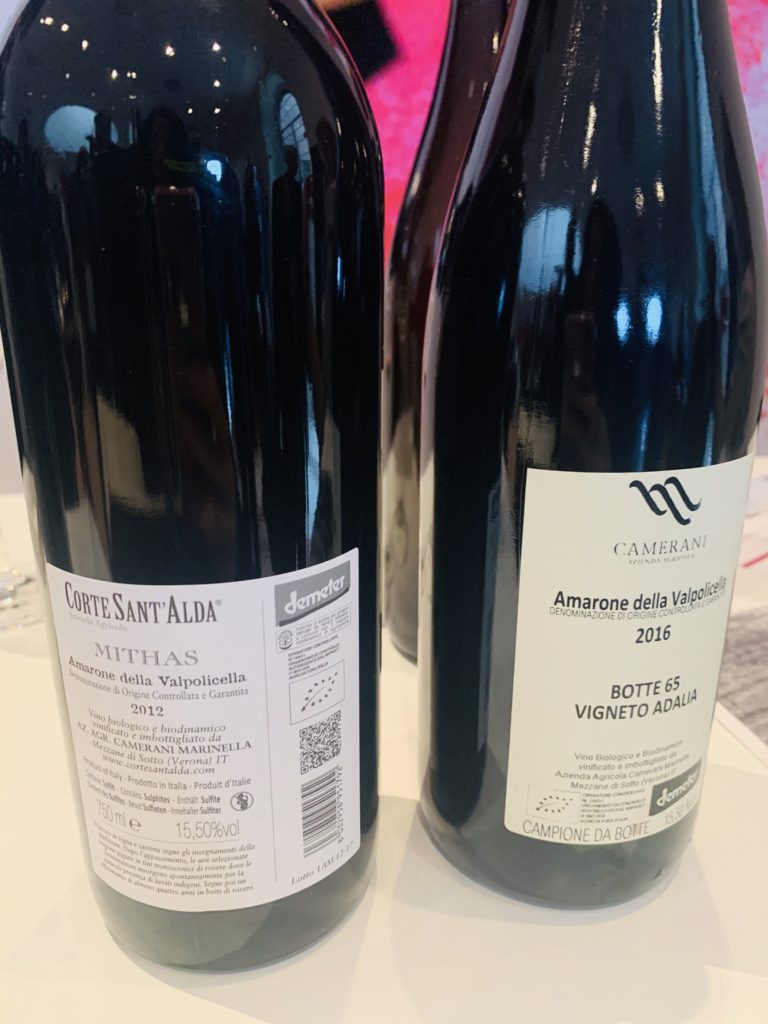
Marinella Camerani’s Amarone 2016 directly sampled from the barrel n.65 “Botte 65 Vigneto Adalia” display fresh balsamic and red cherry fruit elements, with considerable aromatic depth and black licorice and spice notes, backed up by good acidity and assertive tannins. “Amarone della Valpolicella Mithas” 2012 of Corte Sant’Alda (the parent winery founded by Marinella Camerani in 1983) is a Cru made from certified biodynamic grapes (all wines are Demeter certified) only in best vintages and has richness of style, plum with velvet tannins with very intense and persistent black fruit and cedar notes making it elegant and smooth. You better go and taste them to experience rich, elegant unconventional Valpolicella wines.
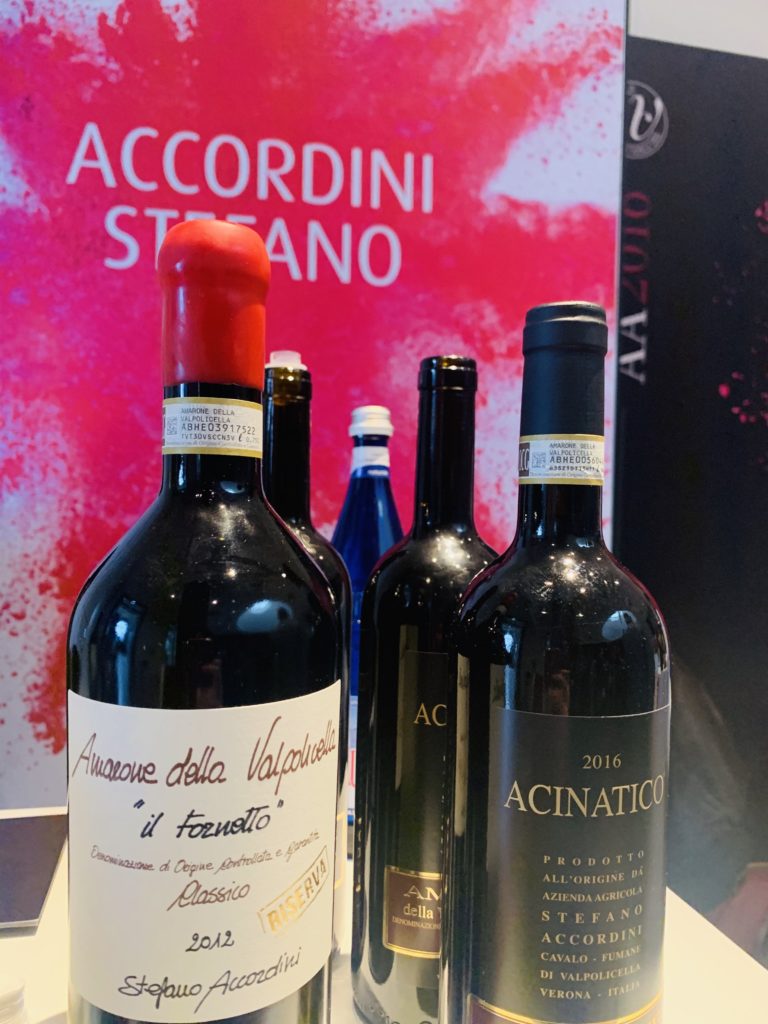
A family benchmark in Valpolicella, Accordini family has grown the classic grapes of this valley in the historical vineyards on the hills located above 500 meters of altitude outside Verona. The historic vineyards of Bessole and Fornetto, planted by Stefano Accordini in the seventies, give red wines with an explosive character, such as “Amarone Classico della Valpolicella DOCG Il Fornetto 2012” a cru produced in limited quantity of great expression and charm, ripe red fruit with firm tannins and a dense structure, a spiced-silky texture and a lingering finish. “Amarone della Valpolicella Acinatico 2016” has very intense flavours of berries, cherry and raspberry with fresh tannins and a vibrant acidity, while retaining good balance. The fourth generation of the family, here represented at Anteprima Amarone by Giacomo, continues to work with passion and dedication helping in making a heady array of wines that have helped draw the global attention to the wine delights belonging to Valpolicella.
Another well-established, true high-quality wine producer is Pietro Clementi, represented here at the 2016 by his son Maurizio Clementi and his sister. Clementi Gnirega Family owns 13 hectares in Valpolicella Classica on the hills at 300-400 meters of height producing a small quantity of bottles of natural wines following the rules of sustainable Grape and Wine production Protocol (R.R.R. certification) of Consorzio Tutela Vini Valpolicella. All of this in harmony with the earthy and lively characteristics that are there to remind us of the native soil and territory of Valpolicella.
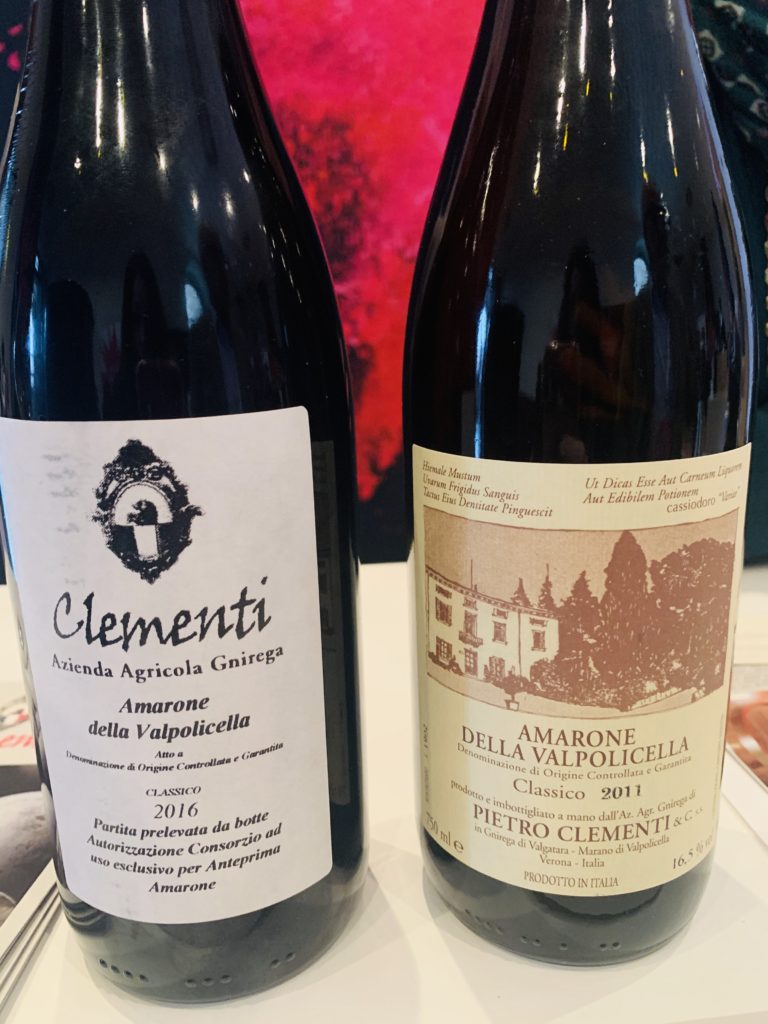
The “Pietro Clementi Amarone Classico della Valpolicella 2011” is made with Corvina, Corvinone, Rondinella and Molinara grape varieties in a very traditional way and has got a great intensity of red fruit combined with spice and balsamic notes and a touch of wood, gaining an incredible light structure with soft tannins and rich expression. The Clementi “Amarone della Valpolicella” 2016 vintage here at the preview displays already an elegant complexity of terroir reflecting aromas of intense red fruits, fresh tannins with a pleasing touch of balsamic elements and a delicate spiciness on the finish.
Clementi’s wines really stand out as something different compared to classic Amarone vintages and some of Clementi’s best expressions are usually medium to medium plus bodied, not dark and impenetrable. Unique gems in my opinion.
Last but absolutely not least Vigna ‘800 first organic “Amarone Classico Bio 2016” was definitely worth the wait. It has very strong tannins and a warm structure, showing a remarkable elegance and finesse, with floral and fruity notes that start to give way to an explosive, rich, full bouquet, pleasant as well on the palate, and already excellently balanced with his 16% ABV. I truly believe, in the long run it’ll turn out to be a star.
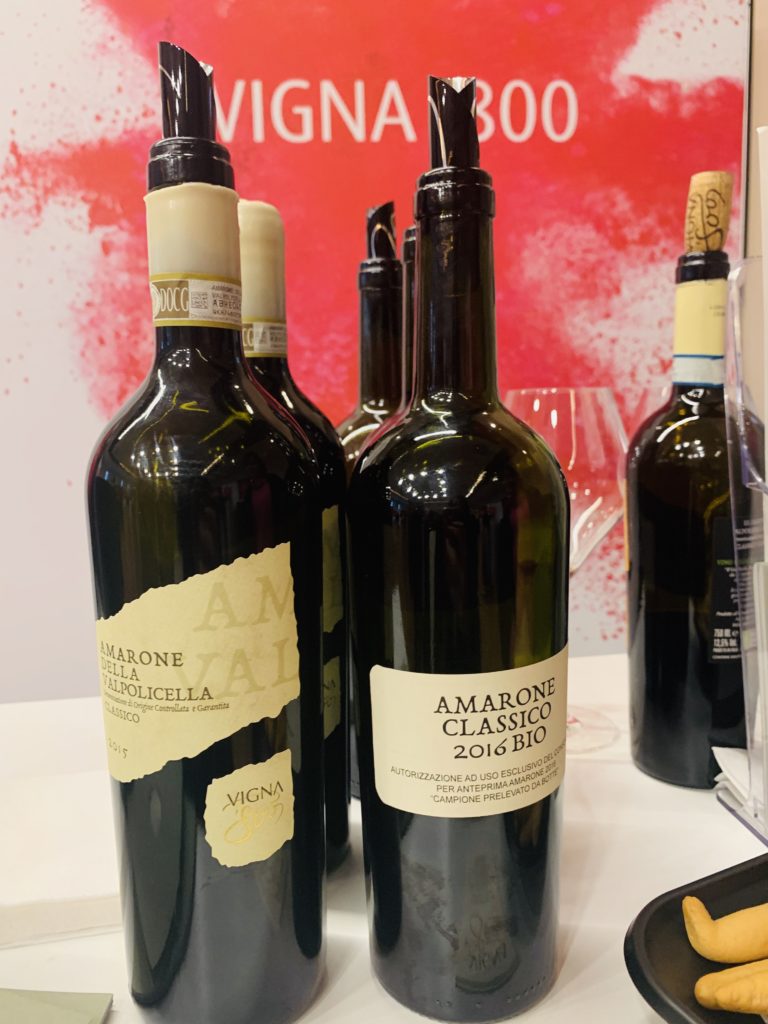
“We work the leaves on water days,” Mr Franco Elampini said and “the soil on earth days with no synthetic chemicals or mechanical irrigation letting the vineyards be surrounded by plants and insects to keep this miniature ecosystem in check”. And when, “after we work the vines, the bees come back just a few hours after, that’s the sign everything works in total respect with nature as a true organic should do, aiming to make everything healthier” underlined Mr Franco. At Vigna ‘800 (owning 4 hectares of 30-50 years old vineyards on the hills of Negrar, Valpolicella) everything started when in 2001 Mr Franco decided to produce wine with the grapes of his own fields just like his father did. He named his wines in the local Veronese dialect after his family’ past heritage such as Valpolicella Classico Ripasso “El Campanar” (how was his father nicknamed), Valpolicella Classico la “Cesolina” (little church”) and Amarone Classico “Virgo Moron”. The 2015 vintage of “Amarone della Valpolicella Classico Vigna ‘800” offers aromas of ripe red fruits and liquorice giving a mouth feeling of velvet elegance and warmness, and it’s all in all well structured, persistent, and dynamic.
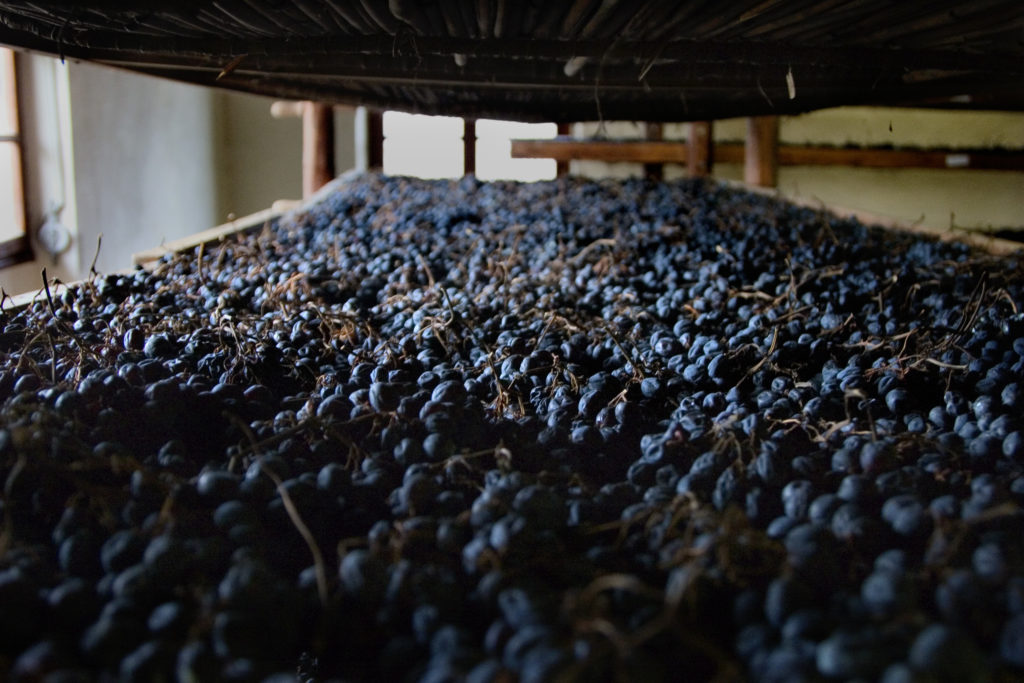
It is notable not to forget that Amarone wines have a great ageing potential and the aromas and flavours will evolve during their long maturation period. This wine takes many years to develop its complex nuances, so you must keep that in mind when tasting wines that are just barrel samples because they have not yet been released on the market.
The most fascinating aspect of the Amarone wines I tasted at this preview is that their winemakers are more farms than factories, and their wineries exist in harmony with the land around them, and make some of the most interesting wines in our beautiful country. Cheers to this new promising Amarone vintage!
